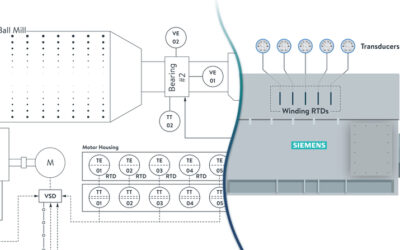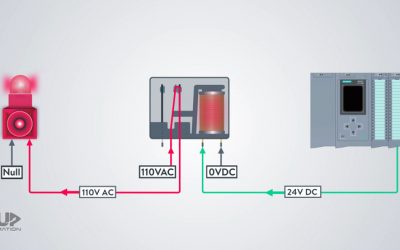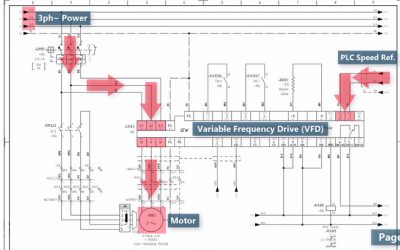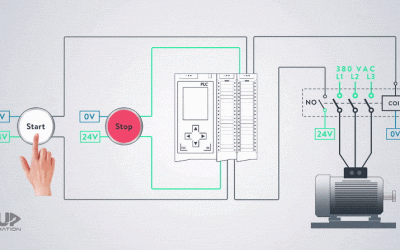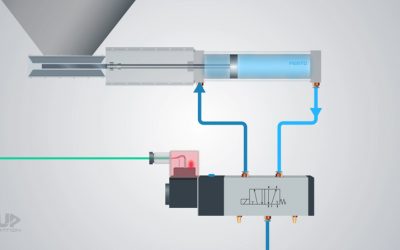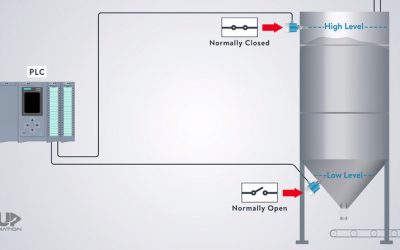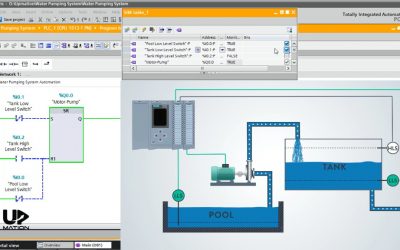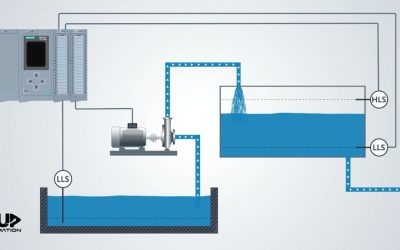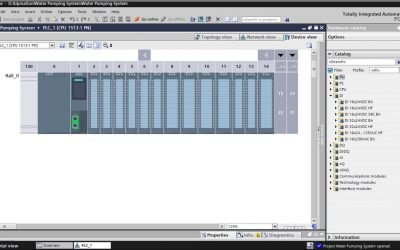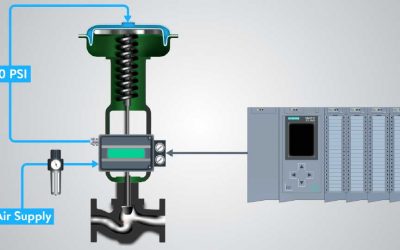Blogs
As an automation and controls engineer or technician, we have to update our technical knowledge frequently. You can achieve this aim via our simple and easy to understand videos and articles and discuss them in the community.
How to Read a P&ID Correctly – Part 1
In our investigations of the contents regarding P&ID over the web, we noticed some outdated content and some mistakes on the subject.
So we decided to begin this new series about the Piping and Instrumentation Diagram.
How Solid State Relay Works
In this video, you’ll learn about a fully electronic type of relay known as Solid State Relay or SSR. These relays are made of semiconductors such as Thyristors and Triacs. There are different designs and types of them for various applications. They generally fall into three main categories; First, is the Random Turn on SSR. Second, is the Zero Crossing Solid State Relay. And the last is the Proportional SSR. Watch the video or read the article to acquire a piece of better knowledge about Solid State Relays.
What is an Electromechanical Relay and How to Use it?
In this video, you’ll first get to know about Electromechanical relays that are the most used types of relays. Then, you’ll see how electric relays work and learn about the relay wiring diagram. After all, we’ll answer some questions: What do we use a relay for? How to wire a relay? We also talk about the combination of normally open and normally closed contacts of the relays which will shape different types of mechanical relays.
How to Read a PLC Wiring Diagram (Control Panel Wiring Diagram)
Reading a PLC Wiring Diagram is one of the must-to-learn skills for every automation and electrical engineer. Despite different standards of these types of drawings, you’ll learn using actual industrial drawings and some PLC wiring best practices.
PLC Programming Course (P4): Start and Stop a Motor PLC Program
Learning by example is one of the most effective methods of learning PLC programming. So, as we have promised in the first part of this course, we are going to continue with another practical example.
In this part, you are going to extend your understanding of the basics of ladder logic PLC programming by turning ON and OFF an electric motor using the Siemens TIA Portal.
Wiring Diagrams Explained | How to Read Wiring Diagrams
An electrical wiring diagram could be a single page schematic of how a ceiling fan should be connected to the power source and its remote switches. A wiring diagram may include the wirings of a vehicle. Or an electrical wiring diagram can be a 200-page document including all the electrical wirings of an electrical control panel in a huge factory or plant. By reading this article, you’ll have a good understanding of how to read, understand, and use them for your benefit.
What is a Directional Control Valve? (5/2 Solenoid Valve)
There are a variety of well-known control valves in the industry such as Globe valves that you can watch our video about it from the link in the description. But today’s video is about different types of control valves known as Directional Control Valves or DCVs for short. You may hear of them as solenoid valves or spool valves as well. If you want to know how they work and how you should read and interpret their symbols, then this article is for you!
NO and NC Contacts | Normally Closed vs Normally Open Sensors
In the real-world conditions when we’re choosing the instrument switches or other types of discrete equipment for a process, we have to select which one should be exactly a Normally Open sensor and which one should be a Normally Closed sensor. In this article, we’ll investigate the real-world application examples of Normally Open and Normally Closed Contacts.
PLC vs DCS | Differences Between PLC and DCS
DCS as its name says is a Decentralized Control System or in other words is a control method in which we have some independent CPUs. Each CPU is in charge of controlling individual parts of the process so that if one fails, the other CPUs will continue performing their function without interruption. On the other hand, the name of PLC or Programmable Logic Controller does not imply the concept of Centralization or non-centralization by itself. In this article, we’ll investigate the other important aspects of this question.
PLC Programming Course (P3): How to Simulate the PLC Program
Simulating the PLC program is the last step before we download our program to the actual PLCs in the plant and test it with the real devices and equipment. On the other hand, it helps the beginner PLC programmers and automation engineers to gain a solid understanding of the program elements function and applications. So, in this article, you’ll learn how to simulate the PLC program using Siemens PLCSIM software…
PLC Programming Course (P2): Ladder Logic PLC Programming (A Very SIMPLE Practical Example)
Ladder Logic PLC Programming is the most popular and easy to learn methods of automating our process using the PLCs. Ladder Logic is developed under the open international standard IEC61131 for Programmable Logic Controllers. In this part of the course, you are going to learn how to interpret the logic of the process and write a Ladder Logic program according to that.
PLC Programming Course (P1): PLC Hardware Configuration
PLC programming starts by getting familiar and comfortable with the programming environment. So, first things first! In this very first article of this course, we’ll create a new project and then configure the required hardware of the PLC in the Siemens brand new software, TIA Portal or Totally integrated Automation Portal V15.1. In Part 1 of this Siemens PLC Programming Course you’ll create a new project and configure the Hardware Configuration in TIA Portal.
What is a Control Valve and How does it Work?
A control valve is a type of valve that we use to control the flow, pressure, level, or even the direction of the fluid according to the need of the process. Control valves have lots of different types such as globe valves, butterfly valves, diaphragm valves, and so on. So, let’s see what we can learn about one of the important final control elements in the industry, that is the control valve.
Want to Move Your Skills to the Next Level?
It's no different if you're an Automation, Instrumentation, or even Electrical engineer or technician.
Just join us and we'll gear up your game in the industry!
Contact Us
Have a question or suggestion?
hello@upmation.com
